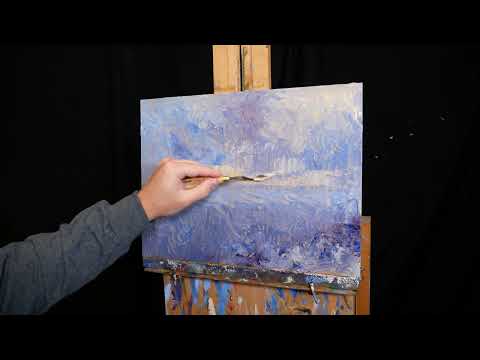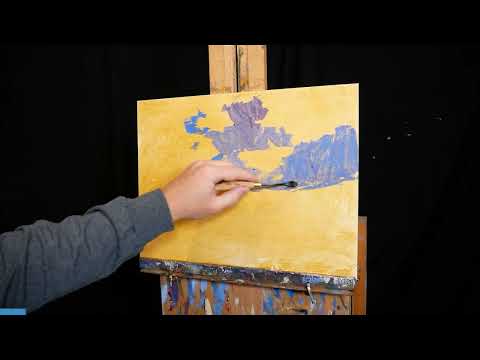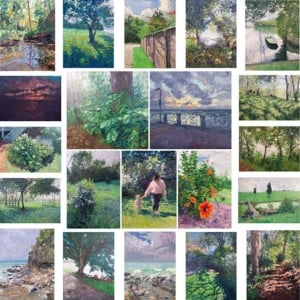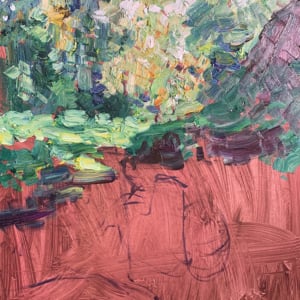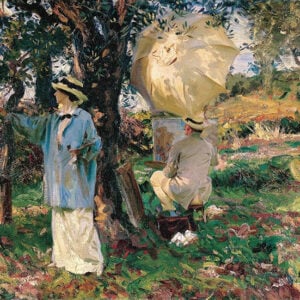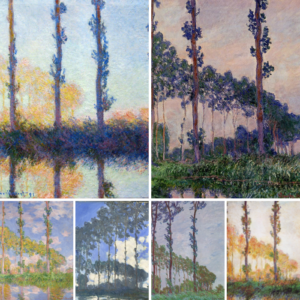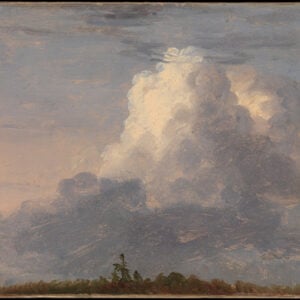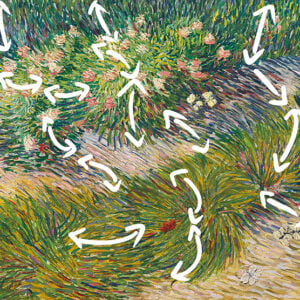Full Video
Key Takeaways:
- I started with a thin wash of transparent brown oxide to kill the white surface. This provides me with a more balanced surface to paint on and makes it easier to judge the colors.
- A key purpose of this painting was to explore the use of palette knives to capture a subtle subject. The bold, crisp strokes of a palette knife typically work best for bold, high-contrast subjects (like my Sierra Nevada painting). But these bold strokes can work against you when painting more subtle subjects like this seascape.
- I needed to wield the palette knives with a touch of finesse, as you would a brush, with careful attention given to the subtle relationships and nuances.
- I needed to make the colors of the sky and sea melt into each other, like one of Claude Monet’s water lily paintings. This wasn’t an easy thing to do with a palette knife. I needed to constantly rework what I had on the canvas until it looked right.
- The palette knife was naturally suited for one thing in particular: the glassy water. The smooth finish of a palette knife stroke is perfect for this. Unlike brush strokes that have tiny bristle indents.
Time-Lapse
Finished Painting
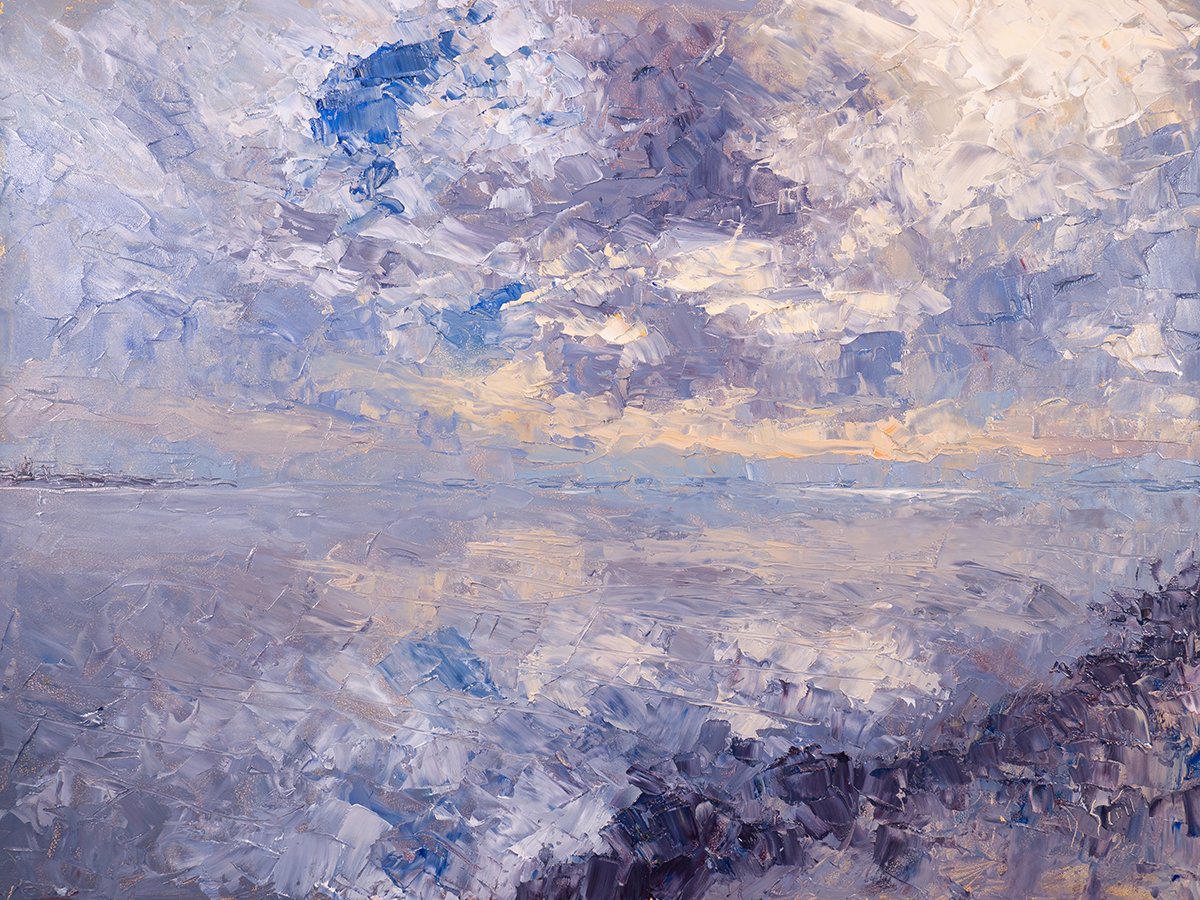
Reference Photo
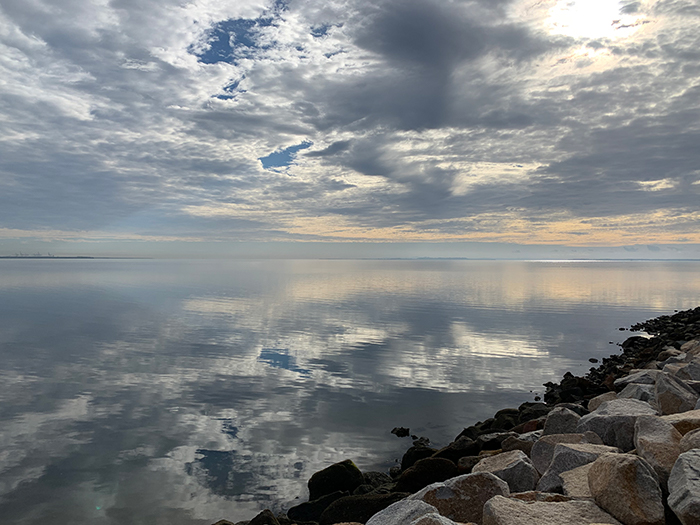
Thanks for Reading!
Thanks for taking the time to read this post. I appreciate it! Feel free to share with friends. If you want more painting tips, check out my Painting Academy course.
Happy painting!

Dan Scott
Draw Paint Academy

